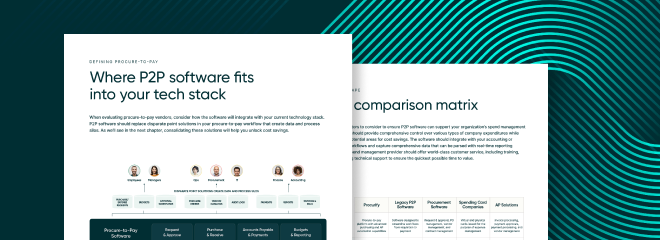The Basics of the Procurement Process: What You Need to Know
The Procurement Process basics relates to the buying process of businesses and usually refers to the purchasing of supplies or services. Many companies use ERP (Enterprise Resource Planning) systems to help manage the procurement process, manage budgets and track spending. The whole purpose of establishing a proper procurement process is to obtain a good or service at the best price possible. Investing in procurement software or an ERP system to help assist buyers will potentially make businesses more efficient and save them money.
The first major step in the procurement process is understanding when your company has a need to fill. Whether your company is lacking supplies or is in need of a service, the timely fulfillment of these goods or services will streamline your company”s business needs. Usually your buyer or buyers will not know every aspect of your business. Typically a request to order or purchase requisition is sent from a person or department to the buyer indicating a want or need in your business. Having a procurement system in place will help expedite the purchase requisition process.
The second step is to find out if the good or service being requested in the purchase requisition or request to order has already been purchased by your company in the past.
– If it has then a purchase order or a direct payment can be made to a supplier based on the previous agreed upon terms and agreements so that the good or service can procured
– If your company has not purchased the item being requested on the purchase requisition then a request for quote (RFQ) can be made and sent out to a supplier.
– The request for quote will normally determine the price to be paid, lead time and quantity to deliver with a particular supplier.
Sending out multiple RFQs to different vendors will allow your company to compare bids and determine the best vendor to fill a particular purchase requisition. Your company will have a specific deadline, price and quantity that all need to be considered as well as technical details that need to be met when choosing your supplier. The price can often be determined after comparing bids and negotiating directly with suppliers. A buyer can make sure the full cost is known by inquiring about any taxes and shipping charges the buying side is responsible for paying.

Making sure lead times and quantities to be delivered are agreed upon beforehand can save a lot of headaches in the future. Your company will have differing need times based on the good or service that is being requested and any accepted quotes should meet the required by date. Have an agreement with your supplier on steps that need to be taken if your supplier is unable to meet the date on an accepted quote.
The quantity requested in a quote should be accurate as ordering under the amount of a submitted purchase requisition may result in loss revenue from a stock-out while over-ordering may result in unused inventory. Your procurement process is responsible for meeting the needs of your business while getting you the best possible price for those goods and services. It might be time to update your procurement process.
